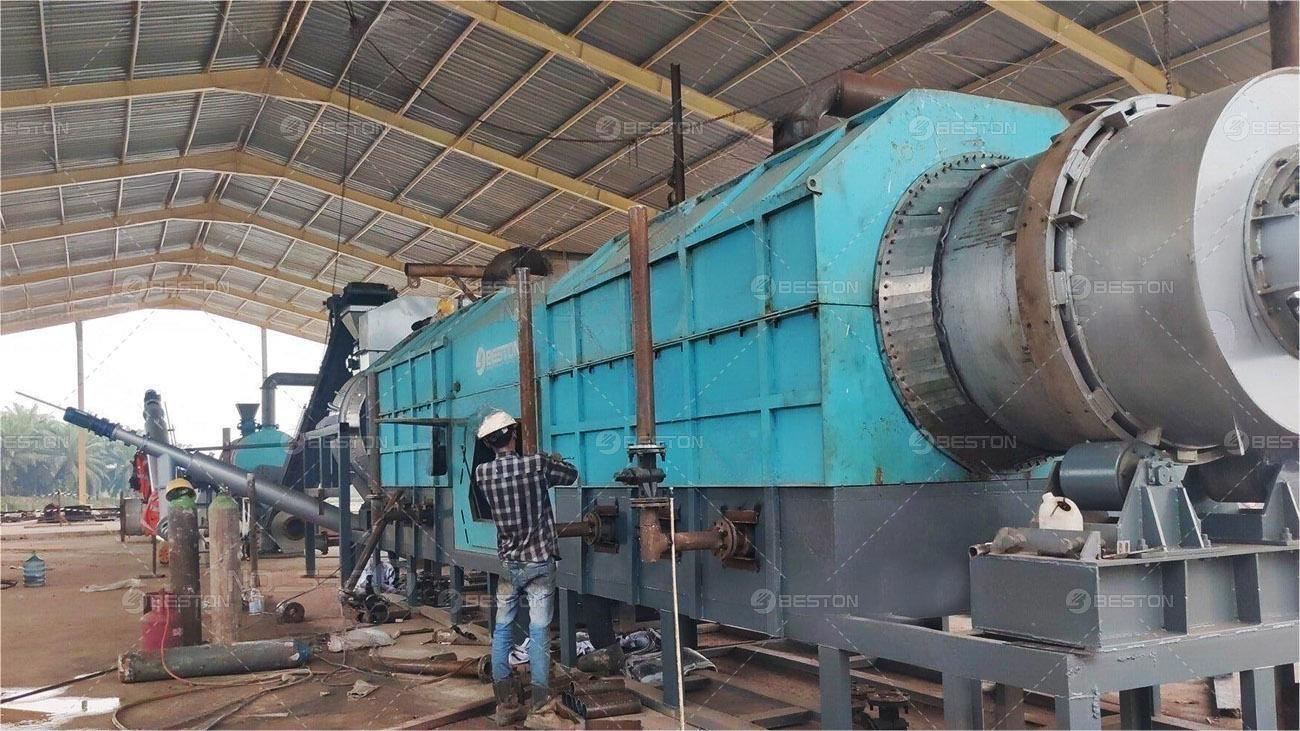Biochar and charcoal share a common origin in the thermal decomposition of carbonaceous material, yet their roles, characteristics, and intended uses diverge markedly. Both result from the absence of oxygen during pyrolytic conversion, but the objectives guiding their production and the performance requirements they fulfill highlight distinct pathways within material science and environmental engineering.
Production Intent
The primary distinction lies in purpose. Charcoal is traditionally designed as a combustible product, serving cooking, metallurgy, and heating markets. Its value is measured by calorific density, combustion stability, and ease of ignition. Biochar, by contrast, is engineered as a soil amendment and a carbon sequestration medium. Its intrinsic worth resides not in energy release but in structural stability and capacity to persist in terrestrial systems for centuries.
A biomass pyrolysis plant configured for charcoal emphasizes throughput and energy efficiency to maximize yield for direct fuel use. Conversely, a system optimized for biochar privileges controlled temperature regimes, extended residence times, and minimized volatile retention, thereby producing a more porous, chemically stable carbon matrix.

Structural Characteristics
Charcoal exhibits a relatively homogeneous carbon structure with limited micro-porosity. Its production at higher thermal intensities promotes densification, which is advantageous for combustion but restricts surface reactivity. Biochar, produced at moderate thermal ranges, retains a labyrinthine pore structure. This microscopic architecture increases cation exchange capacity, enhances microbial colonization, and improves water retention when integrated into soil.
Additionally, ash content is typically lower in charcoal intended for energy applications, while biochar may deliberately retain certain mineral fractions that enhance agronomic performance. The degree of aromatic carbonization also differs, with biochar leaning toward chemical stability over immediate combustibility.
Environmental Function
Biochar’s ecological role extends beyond soil fertility. By embedding stable carbon into terrestrial substrates, it functions as a carbon removal mechanism. This permanence is recognized within carbon credit frameworks, positioning biochar projects as contributors to climate mitigation. Charcoal, however, when combusted, releases sequestered carbon back into the atmosphere. Its life cycle impact is therefore aligned with traditional biomass energy pathways rather than net-negative carbon removal.
A biochar machine must integrate rigorous emissions management to secure environmental certification. This contrasts with charcoal production, which often tolerates higher process emissions where regulation is less stringent.
Economic Value Streams
Charcoal markets are long established, with predictable demand in barbecue, industrial smelting, and heating sectors. Price is influenced by raw material availability and competition with fossil fuels. Biochar, however, operates in emerging value chains. Its worth is amplified through participation in carbon offset programs, soil productivity gains, and potential inclusion in construction materials. While charcoal commands immediate liquidity, biochar increasingly represents a premium commodity linked to sustainability credentials.
Processing Technology
The divergence in output is reflected in operational parameters of the pyrolysis plant. Charcoal-oriented systems often prioritize batch operation with high feedstock throughput. Biochar facilities, on the other hand, benefit from continuous systems that allow precise modulation of temperature and retention time, ensuring repeatable quality standards required for agricultural certification.
Feedstock variability also influences outcomes. Woody biomass yields dense charcoal suitable for heating, whereas crop residues and other lignocellulosic materials are often tailored for biochar production. Controlling feedstock moisture and particle size is critical in both contexts, though optimization criteria differ according to end use.
Functional Applications
In practice, charcoal serves as an energy vector. Its consistent burn profile makes it indispensable for domestic grilling and certain metallurgical processes. Biochar, in contrast, functions as a soil enhancer, a filter medium, or a structural additive in green construction. Its role is multipurpose but unified by the principle of long-term carbon immobilization.
Closing Perspective
While both materials stem from identical thermochemical principles, their divergence is rooted in intent, structure, and societal function. Charcoal addresses immediate energy demand, while biochar responds to long-term ecological imperatives. The design of a pyrolysis plant, the choice of feedstock, and the calibration of process parameters ultimately determine which pathway prevails, highlighting how a single technology can serve dual yet contrasting markets in the global carbon economy.


Comments
No comments yet. Be the first to react!